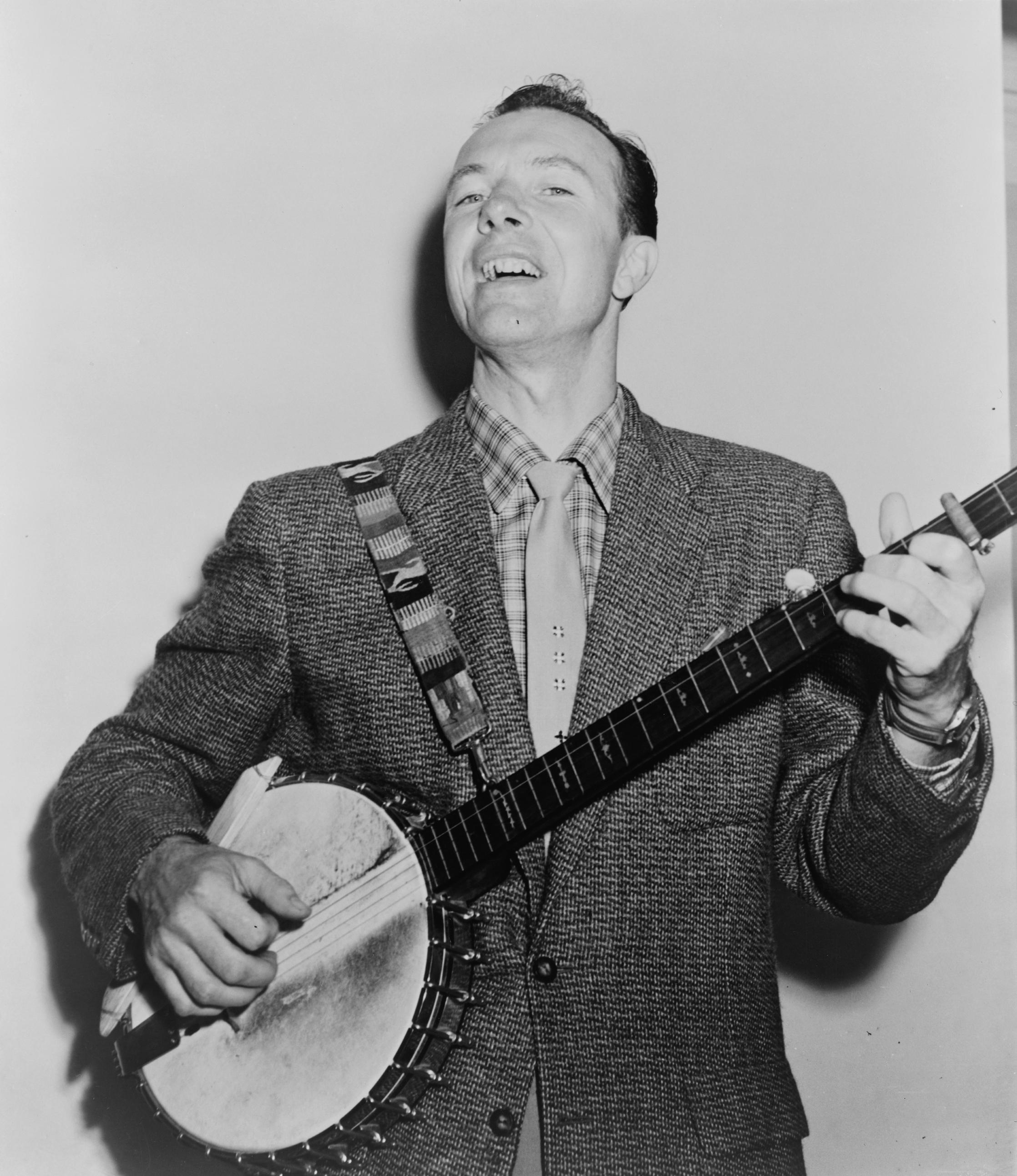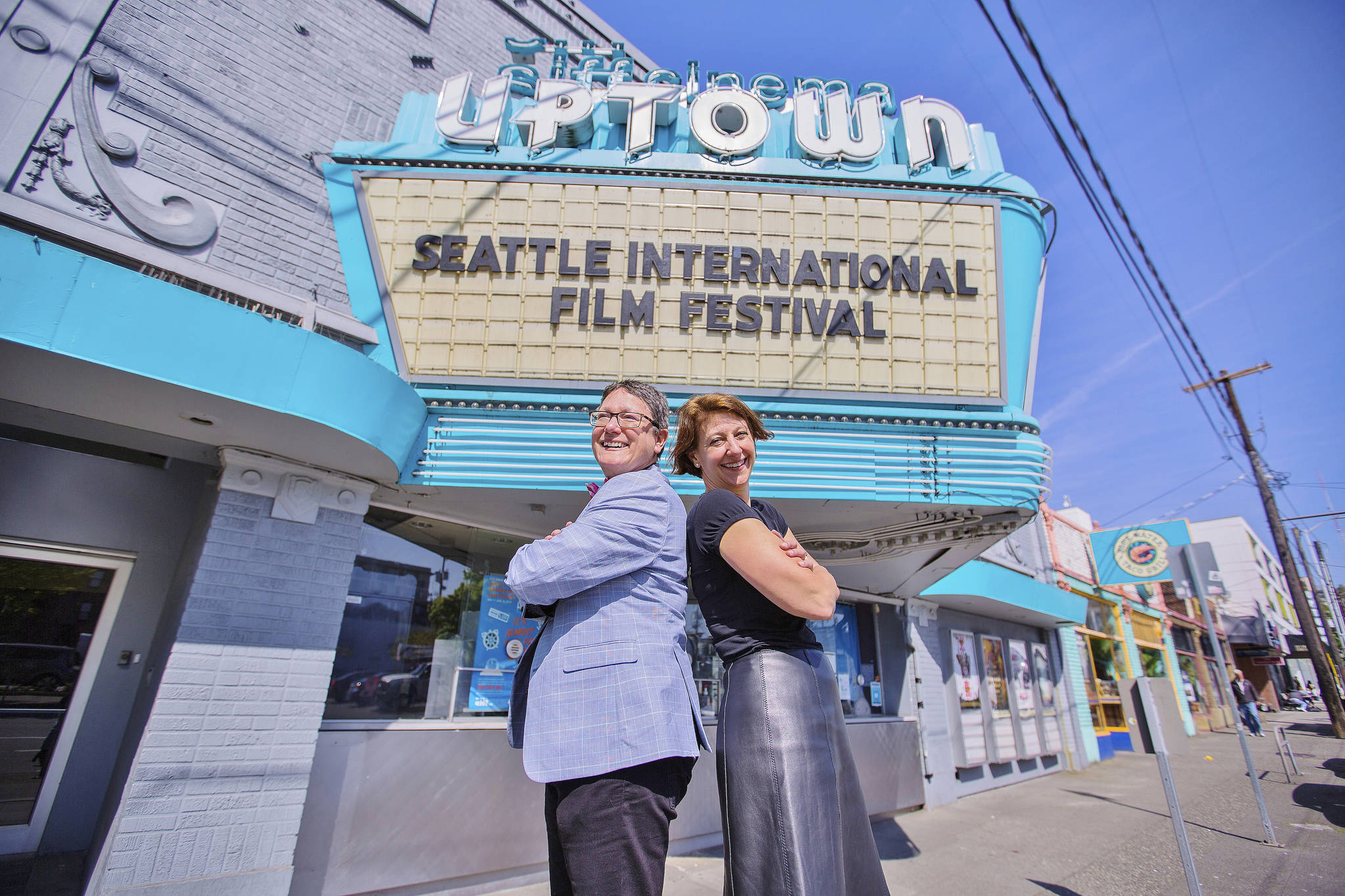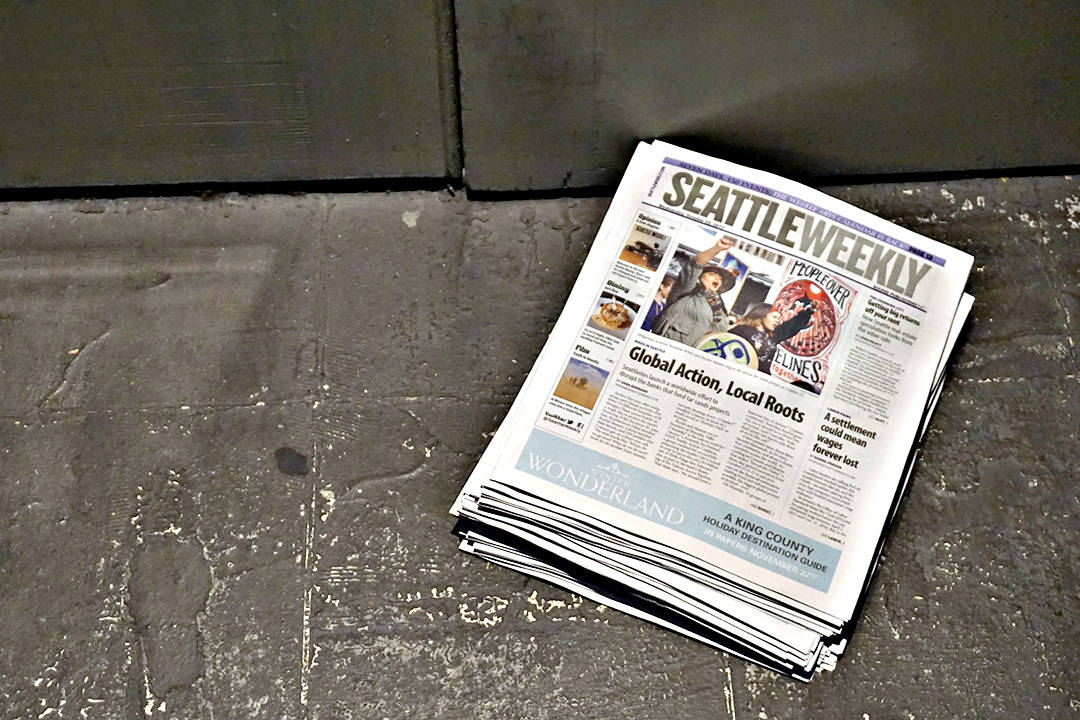Greenwich Village: Music That Defined a Generation
Runs Fri., May 31–Thurs., June 6. Not rated. 92 minutes.
Laura Archibald makes revolution look easy. In the Canadian director’s paean to the counterculture that bloomed in early-’60s Greenwich Village, the enemies are all external, the intentions of the young are all unassailable, and the polemics that flow from the mouths of the poets and folk singers are the natural-born truth, delivered from Mother Earth to the bohemian soul via the holey soles of their worn leather boots.
Of course, it wasn’t that easy. As we know from more satisfying chronicles of the time—Martin Scorsese’s Bob Dylan doc, No Direction Home, or the Phil Ochs–focused There But for Fortune, for instance—the Village was like any other community, filled with acrimony, populated by winners and losers. (This is the same setting for the Coen brothers’ acclaimed new Inside Llewyn Davis, due in December.)
To her credit, Archibald’s scope is much wider than a portrait of any single artist. Her doc isn’t a revisionist history, just a reductive one that reflects its subjects’ self-serving memories.
Luckily, it’s an entertaining roster she has gathered. Pete Seeger, Kris Kristofferson, Peter Yarrow, the Simon sisters, Judy Collins, and many more tell anecdote after anecdote of an undeniably fascinating moment in American culture, accompanied by grainy old footage of protests and performances. The doc’s portrait of Richie Havens, the recently deceased singer/songwriter, is alone worth the ticket price. He provides one of the most succinct definitions of folk music I have heard, and his performance of “Freedom” is jaw-dropping. Most of the old TV clips are engrossing—in particular, performances of “Thirsty Boots” by Eric Andersen, “I Ain’t Marchin’ Anymore” by Ochs, “Night in the City” by Joni Mitchell, and “Turn Turn Turn” by Seeger and Collins. Archibald also does a fine job explaining the folk boom, from Woody Guthrie to Harry Smith’s Anthology of American Folk Music to the hugely influential ’50s folk group the Weavers.
The film’s pivot point is the 1961 confrontation in Washington Square after the city outlawed singing on Sundays. Yet the scene’s internal conflicts are missing here. Dylan, in particular, gets a pass: There’s no discussion of his possible appropriation of other artists’ work, no mention of his tumultuous times with Joan Baez (who’s strangely absent from the doc). Archibald basically ignores the coming of rock. Only during the final credits do we witness Seeger railing against Dylan’s electric-guitar apostasy. But that’s another movie.
mbaumgarten@seattleweekly.com








